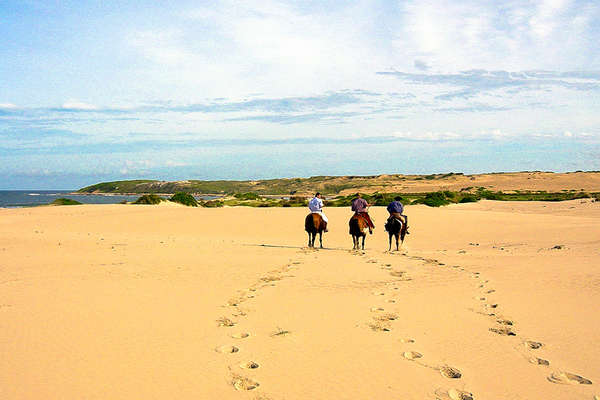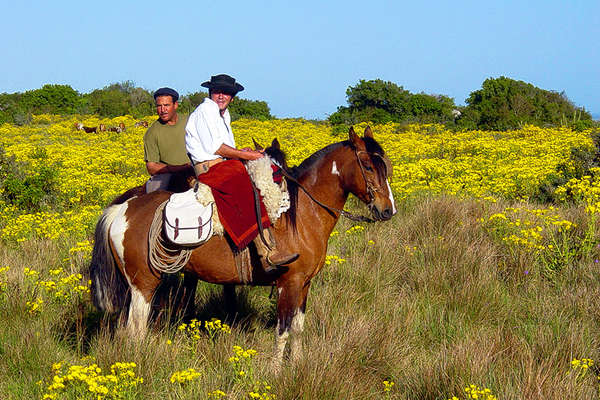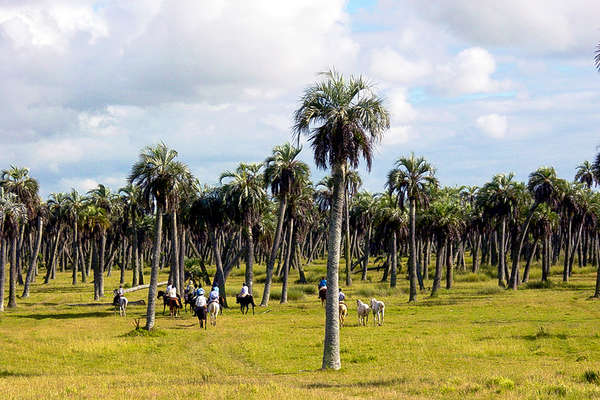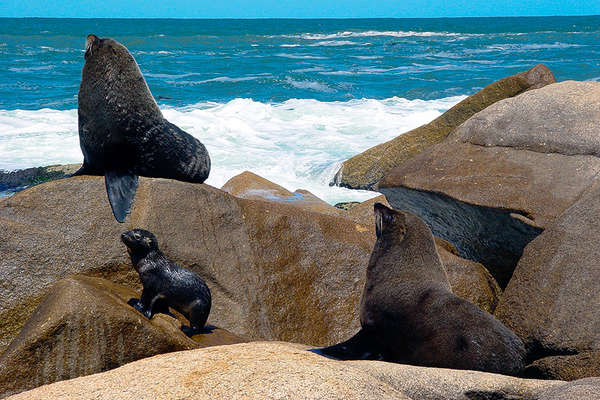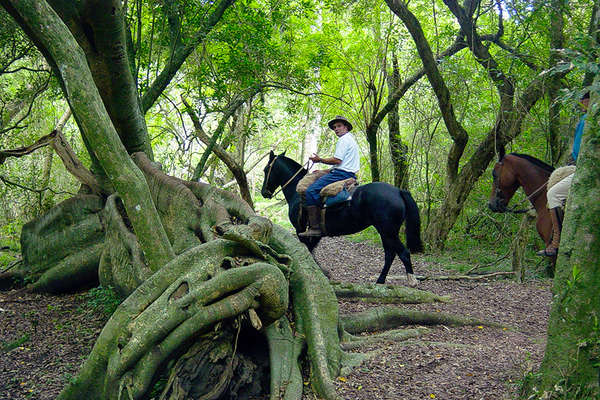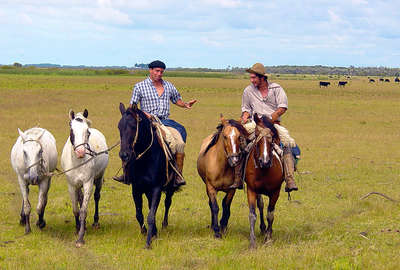
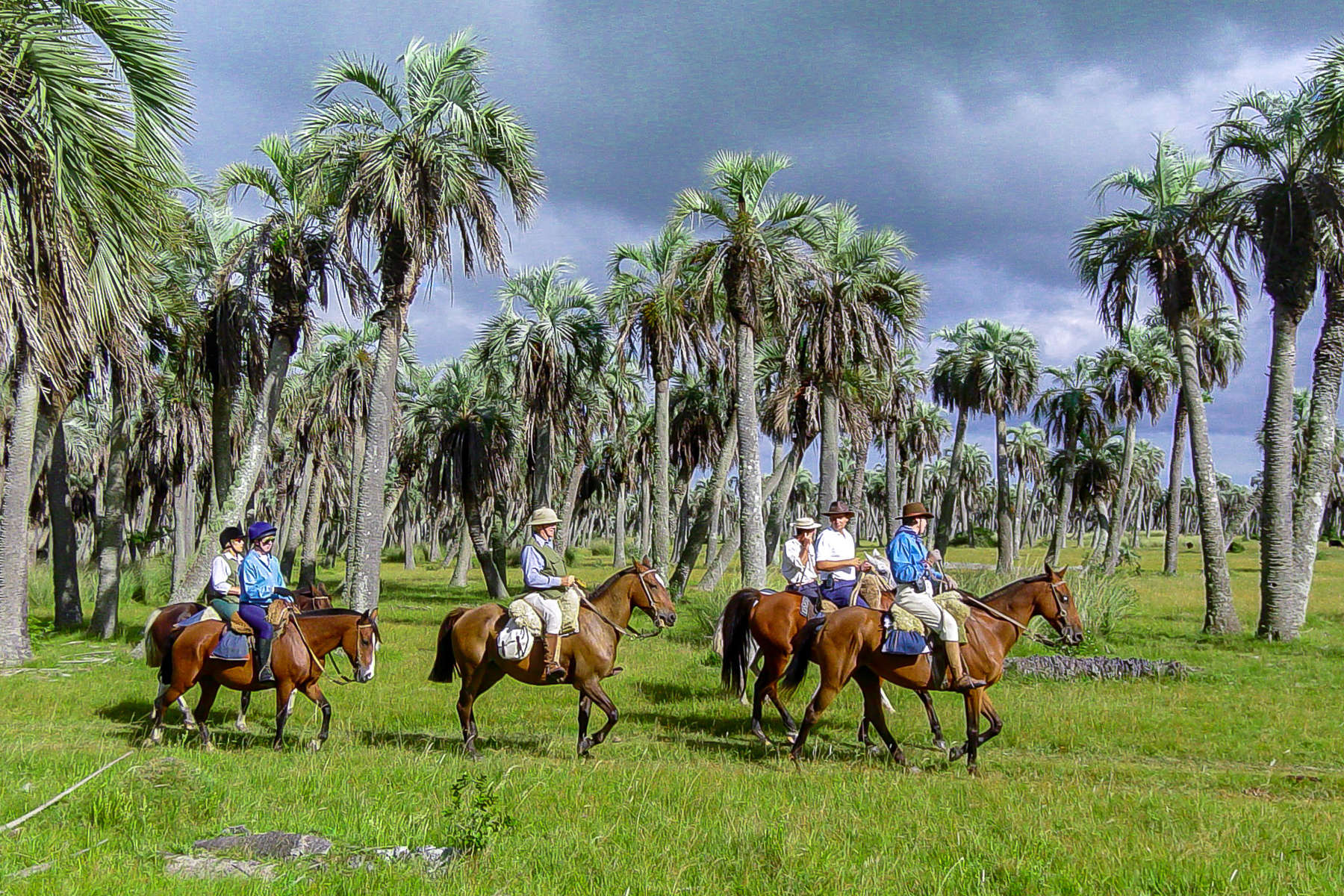
All trips

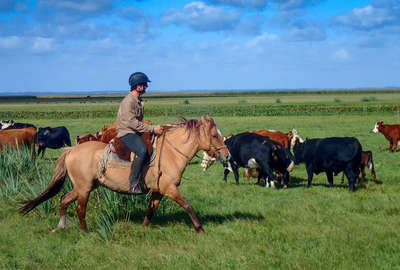
Expedition in the Rocha
Visa & Health
Formalities
Visas:
Visas for Uruguay are not required by nationals referred to above for stays of up to three months.
Nationals not referred to above are advised to contact the embassy to check visa requirements for Uruguay.
Addresses of consulates
- Paris | Ambassade d’Uruguay
15, rue Le Sueur
75116 PARIS
Tél. : 01.45.00.81.37
Fax :
amburuguay.urugalia@fr.oleane.com - Ambassade de France en Uruguay
Avenida Uruguay 853
CC 290 Montevideo
Tél. : +598 21705 0000
Fax :
cad.montevideo-amba@diplomatie.gouv.fr - Uruguayan embassy
125 Kensington High Street
W8 5SF London
Tél. : 020 7937 4170
Fax : 020 7376 0502
Health
It's a good thing to get your vaccinations in order before travelling to Uruguay. The general vaccination against Diphtheria, Tetanus and Polio (DTP) is recommended. Also a hepatitis A vaccination is recommended and vaccination against hepatitis B, rabies and typhoid are also sometimes recommended for stays longer than 3 months.
Insurance
Voltage
Budget and money
MasterCard, Visa, American Express, and Diners Club are the most commonly used credit cards. All are widely accepted in major tourist and business destinations including Montevideo, Punta del Este and Colonia del Sacramento. In rural areas, it's best to carry cash as many businesses will not accept credit cards.
ATMs marked with the green Banred or blue Redbrou logo are reliable and available in all cities, as well as some smaller towns. These serve all major international banking networks, including Cirrus, Visa, MasterCard and Maestro.
Telephone and jetlag
Roaming agreements exist with some international mobile phone operators. Visitors should check with their service provider before travelling. Mobile phones and SIM cards can also be easily obtained locally and are usually a less expensive option, especially for longer stays. Coverage is good in urban areas and patchy elsewhere.
Time zone is GMT -3
Country information
Country ID
Area: 176,215 sq km (68,037 sq miles).
Population: 3.3 million (2013).
Population density: 18.9 per sq km
Language: The official language is Spanish. Along the northern border with Brazil, many residents also speak a hybrid of Spanish and Portuguese known as Portuñol.
Religion: Roman Catholic is the predominant religion (47%), followed by Protestants (11%). Other religious minorities, including Judaism, account for less than 2% of the population. 40% of Uruguayans claim no religious affiliation.
Political regime: Republic
President: Tabaré Vazquez
Socio-economical data
Manufacturing is concentrated in oil and coal-derived products, chemicals, textiles, transport equipment and leather products. The oil and coal, both for manufacturing and energy consumption (the latter supplemented by Uruguay's own hydroelectricity stations), are imported. Mining is confined to small-scale extraction of building materials, industrial minerals and some gold. The tourism industry brings in just under US$1 billion annually.
Uruguay's economic health depends heavily on that of its two large neighbours, Argentina and Brazil. In August 2002, both Argentina and, to a lesser extent, Brazil were gripped by financial crises. This led to a collapse in the cross-border trade upon which Uruguay is heavily dependent.
The government was forced to take emergency measures in the form of currency devaluation, loan rescheduling and, in an unusually drastic move, closing down the country's entire financial system as it approached meltdown. It also appealed for support from the IMF, which responded with a US$3 billion package. With the worst of the crisis past, Uruguay is now returning to something approaching economic health.
History
The Spanish arrived in the territory of present-day Uruguay in 1516, but the people's fierce resistance to conquest, combined with the absence of gold and silver, limited settlement in the region during the 16th and 17th centuries. Uruguay became a zone of contention between the Spanish and the Portuguese empires. The first permanent settlement on the territory of present-day Uruguay was founded by the Spanish in 1624 at Soriano on the Río Negro. In 1669-71, the Portuguese built a fort at Colonia del Sacramento. Spanish colonization increased as Spain sought to limit Portugal's expansion of Brazil's frontiers. Montevideo was founded by the Spanish in the early 18th century as a military stronghold.
In 1811, José Gervasio Artigas, who became Uruguay's national hero, launched a successful revolt against Spain, defeating them on May 18. The Portuguese forces, thanks to their numerical and material superiority, occupied Montevideo on January 20, 1817, and finally after a struggle for three years in the countryside, defeated Artigas. In 1821, the Provincia Oriental del Río de la Plata (present-day Uruguay), was annexed by Brazil.
Only in 1828 the Treaty of Montevideo, fostered by the United Kingdom, gave birth to Uruguay as an independent state.
Regional strife continued for several decades, as Uruguay's two major political parties emerged. The liberally inclined Colorado Party, associated with Montevideo's business owners, and the right-wing National Party, representing rural interests, came to be known as Colorados ('Reds') and Blancos ('Whites') – terms that survive to this day. The Great War of 1843-52 and the War of the Triple Alliance (1864-1870) pitted the two parties against one another, prompting continued interventions by Argentina and Brazil until the Blancos and Colorados finally reached a stable power-sharing agreement in 1872.
In the late 19th century, an influx of immigrants helped transform Uruguay into an agricultural powerhouse. Under the progressive Colorado administrations of José Batlle y Ordonez between 1903 and 1915, Uruguay established Latin America's first welfare state, gave women the vote and abolished both the death penalty and the link between church and state.
As the 20th century progressed, Uruguay's economic fortunes deteriorated, sparking student and labour unrest followed by a suspension of civil liberties and a period of military rule in the 1970s and 1980s. Civilian rule resumed in 1985, accompanied by the ascendancy of the Frente Amplio, a leftist coalition that since 2005 has become Uruguay's first successful third party under Presidents Tabaré Vazquez and José Mujica.
Geography
Uruguay has 660 km of coastline and there are a string of beaches along the coast. Most of the country is grazing land for sheep and cattle - about 90% of the land is suitable for agriculture, although only 12% is used in this way. Montevideo, the most southern point of the nation, accommodates nearly half of the population. There are nine National Parks in Uruguay: five in the wetland areas of the east, three in the central hill country and one in the west along the Rio Uruguay.
People, culture and traditions
Shaking hands is the normal form of greeting. Uruguayans are very hospitable and like to entertain both at home and in restaurants. Normal courtesies should be observed. Smoking is not allowed in public spaces, including restaurants, cinemas, theatres and public transport.
Choosing the right riding holiday
Choosing the right riding holiday
Wherever you have ranches and cattle, you will have people on horseback tending to them. These people are called differently depending from where they come from: a 'Cowboy' if from the US, a 'Huaso' if from Chile, a 'Llanero' if from Colombia and Venezuela and a 'Gaucho' if from Argentina, Uruguay and southern Brazil.
The Gauchos are the men that work the cattle. Much has been written about the legendary gauchos that roam the pampas. The gauchos are said to be very skilled horsemen and are depicted wearing clothes that reflect their life on horseback: a wide hat, a woolen poncho, long pleated trouser ('bombachas') and knee-high leather boots.
Today, their traditions are still an integral part of the ranching areas of Uruguay. They even have an official holiday in their honour called 'Semana Criolla'. During this holiday, the gauchos come in to the city of Montevideo to show their lifestyle to the city folk, sell their wares, cook meat and of course to show off their rodeo skills!
On your trail ride in Uruguay, you will have the chance to spend a day with the local gauchos and discover their way of life, even trying your hand at cattle work!

